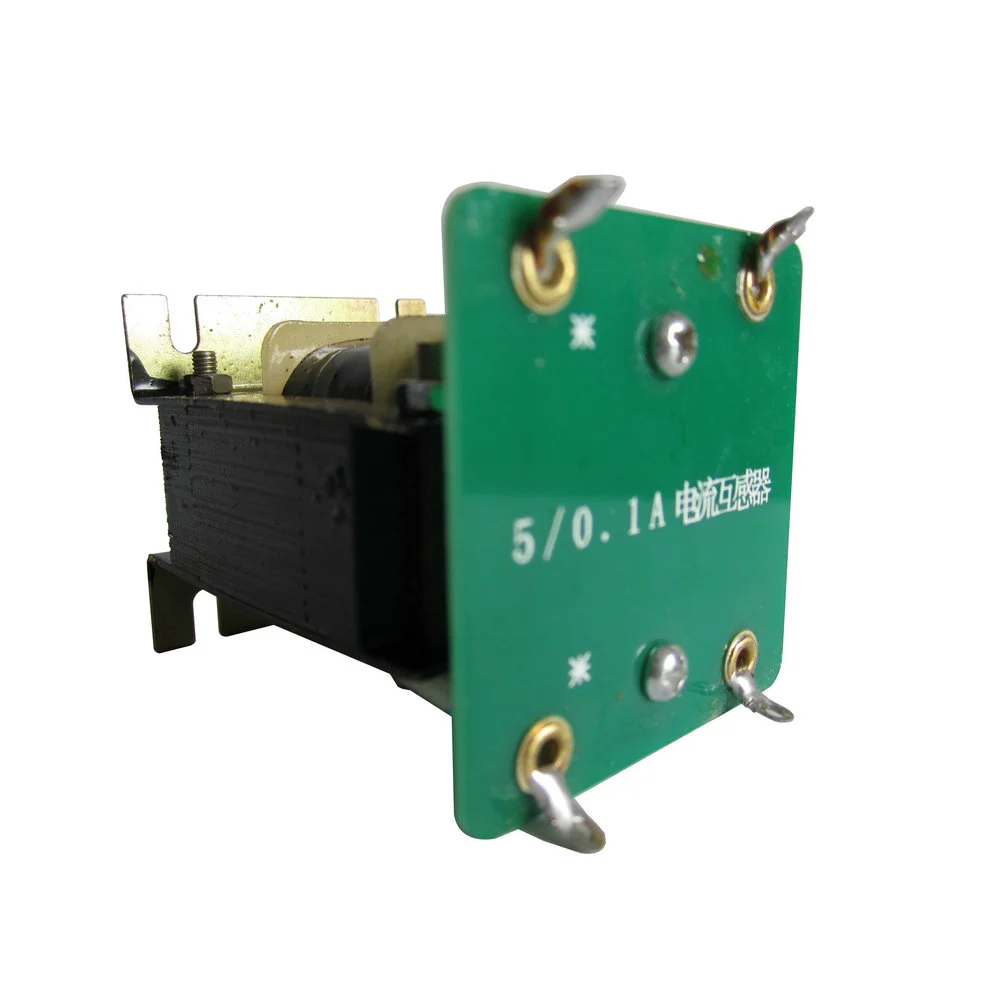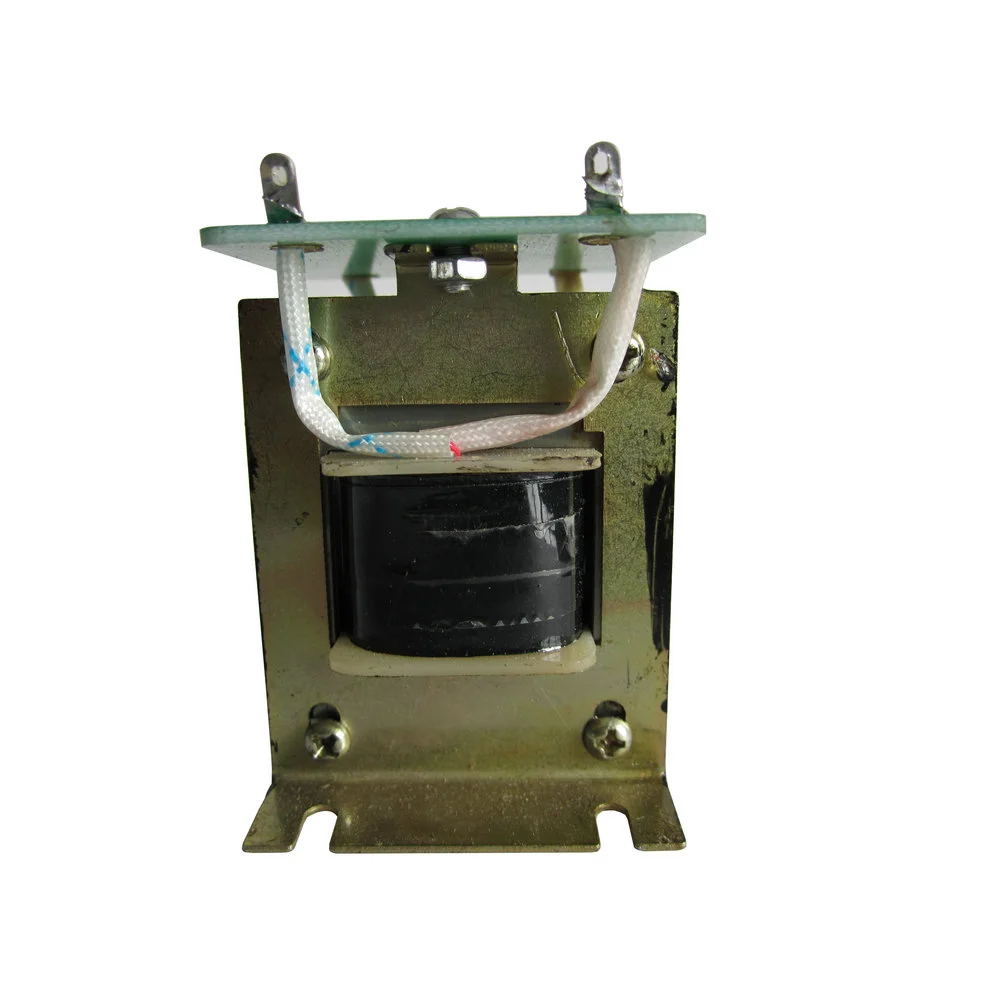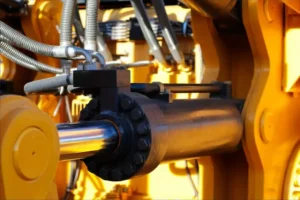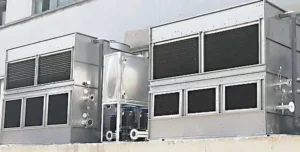The Current transformer is an instrument that works based on the principle of electromagnetic induction. It can convert large current on the primary side into small current on the secondary side for measurement, protection, and control. Specifically, a current transformer consists of a closed iron core and windings. Its primary winding has a small number of turns and is usually strung in the line where the current needs to be measured, so it often has the entire current of the line flowing through it. The secondary side winding has a relatively large number of turns and is connected in series to the measuring instrument and protection circuit.
When the current transformer is working, its secondary side loop is always closed, so the impedance of the series coil of the measuring instrument and the protection loop is very small, making the working state of the current transformer close to a short circuit. The functions of current transformers mainly include two aspects:
- Measurement: Current transformers are often used for billing or measuring the current of running equipment. When measuring large alternating currents, to facilitate instrument measurement and reduce the risk of directly measuring high-voltage electricity, it is often necessary to use a current transformer to convert it into a more uniform current. At this time, the current transformer plays the role of current conversion and electrical isolation.
- Protection: Current transformers are often used in conjunction with relay devices. When a fault such as a short circuit or overload occurs on the line, the current transformer sends a signal to the relay device to cut off the faulty circuit, thus achieving the purpose of protecting the safety of the power supply system. The current transformer for protection is different from the current transformer for measurement. It requires reliable insulation, a large enough accurate limit coefficient, and sufficient thermal stability and dynamic stability.
According to the classification of uses, current transformers can be divided into current transformers for measurement and current transformers for protection. The biggest difference between current transformers for measurement and current transformers for protection is that the error of measurement transformers is required not to exceed the specified value underrated primary current, while the error of protection transformers is required to not exceed the specified value under certain short-circuit current conditions.
Current transformers for medium-frequency power supplies


The current transformer used in the medium-frequency power supply is a special electrical device specially designed for current monitoring and control in the power system of large medium-frequency equipment (such as welding machines, induction heating furnaces, etc.). This kind of transformer can convert the large current of the intermediate frequency power supply line into the small current of the secondary side to facilitate measurement, monitoring, and protection.
The main functions of the intermediate frequency power supply line current transformer include:
- Current monitoring: Real-time monitoring of the incoming line current can ensure that the intermediate frequency equipment operates within a stable current range, thereby ensuring the normal operation of the equipment and extending the service life of the equipment.
- Overload protection: When the equipment experiences abnormal conditions such as overload or short circuits, the current transformer can quickly detect the abnormal current and trigger the protection device to act, thereby avoiding equipment damage or causing more serious safety accidents.
- Improve energy management efficiency: By providing real-time current data, the mid-frequency power incoming current transformer can help users perform energy management and load analysis to optimize the efficiency and reliability of the power system.
When selecting a current transformer for medium frequency power supply, factors such as the rated current, operating frequency, and measurement accuracy of the equipment need to be considered to ensure that it can meet the needs of actual applications. In addition, attention needs to be paid to the installation and use environment of the instrument transformer to ensure that it can work properly and perform optimally.







